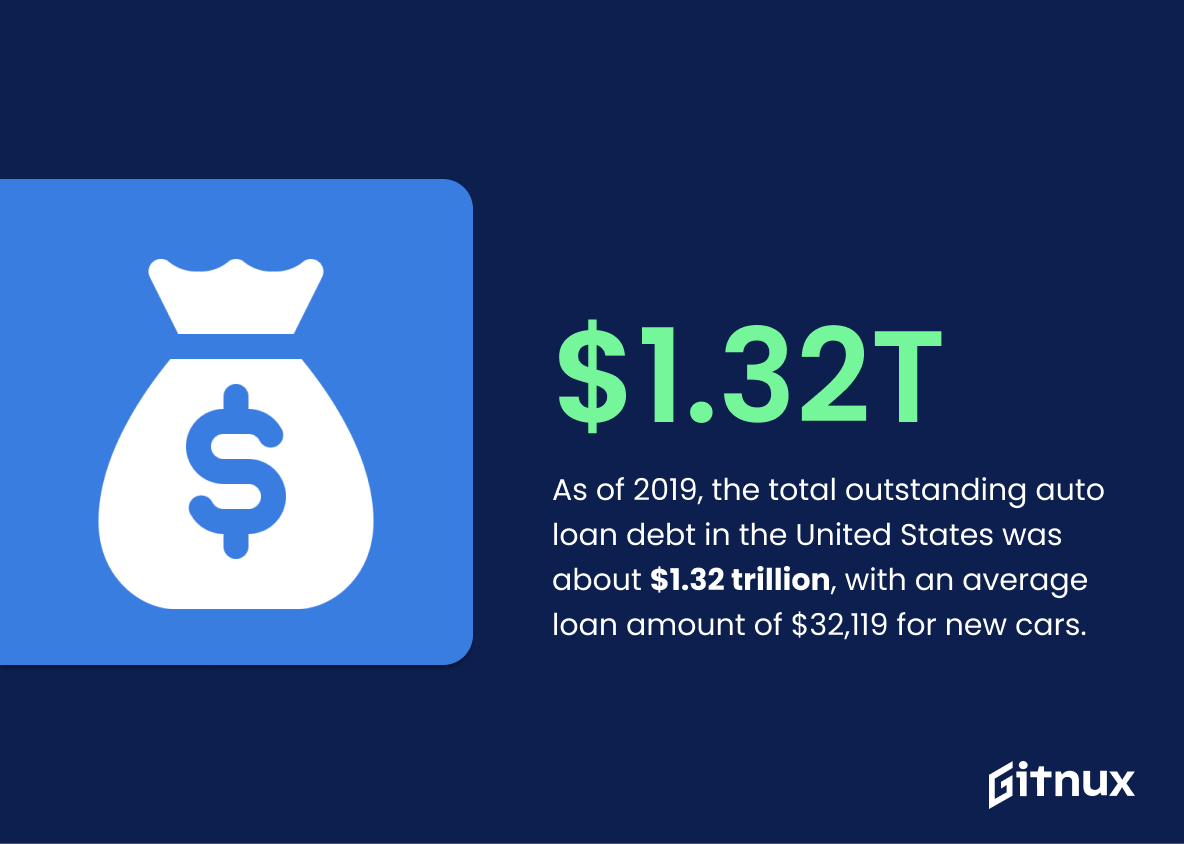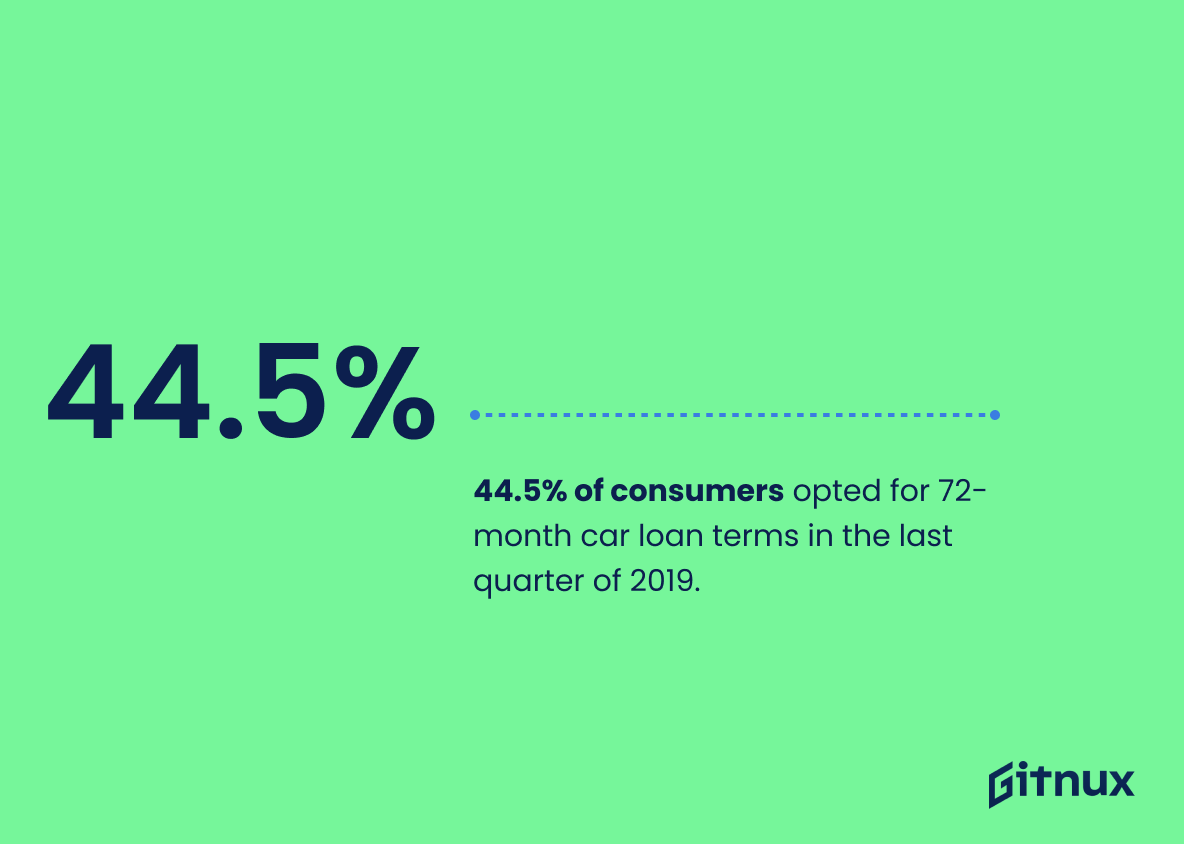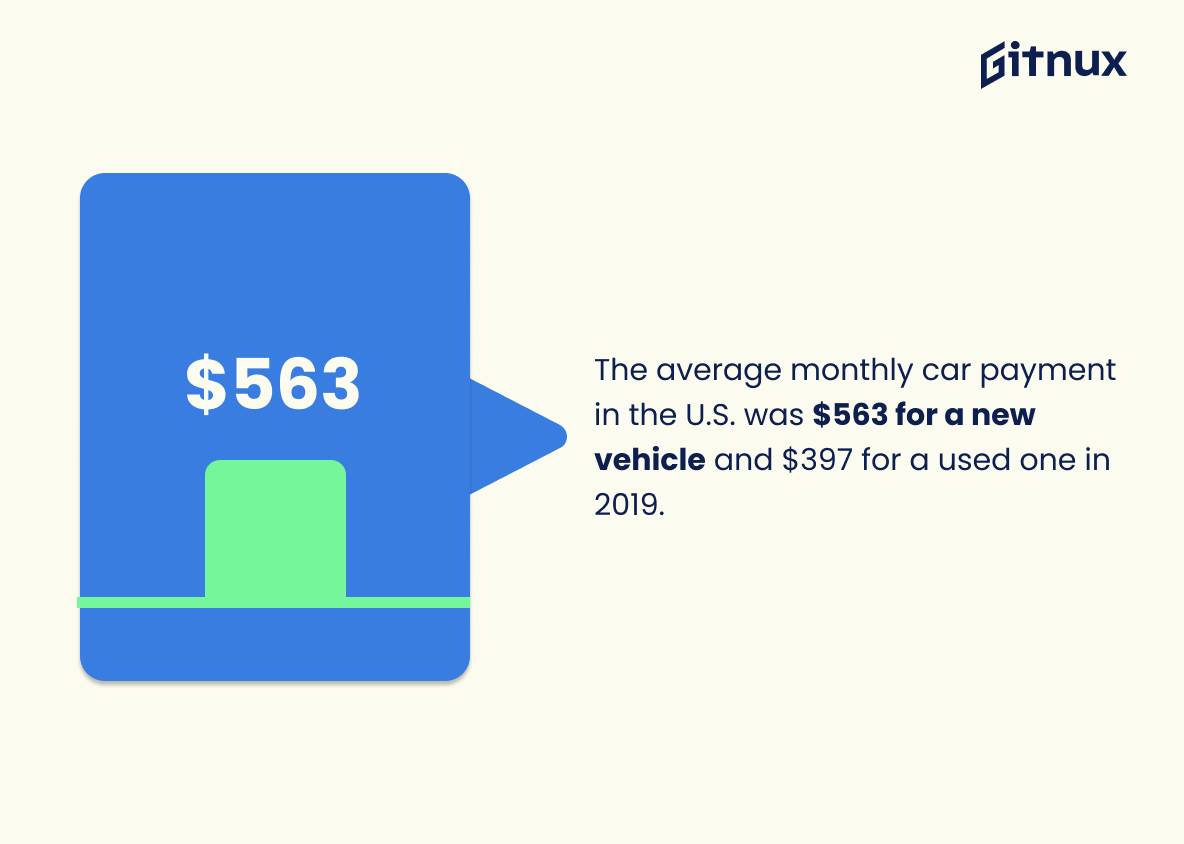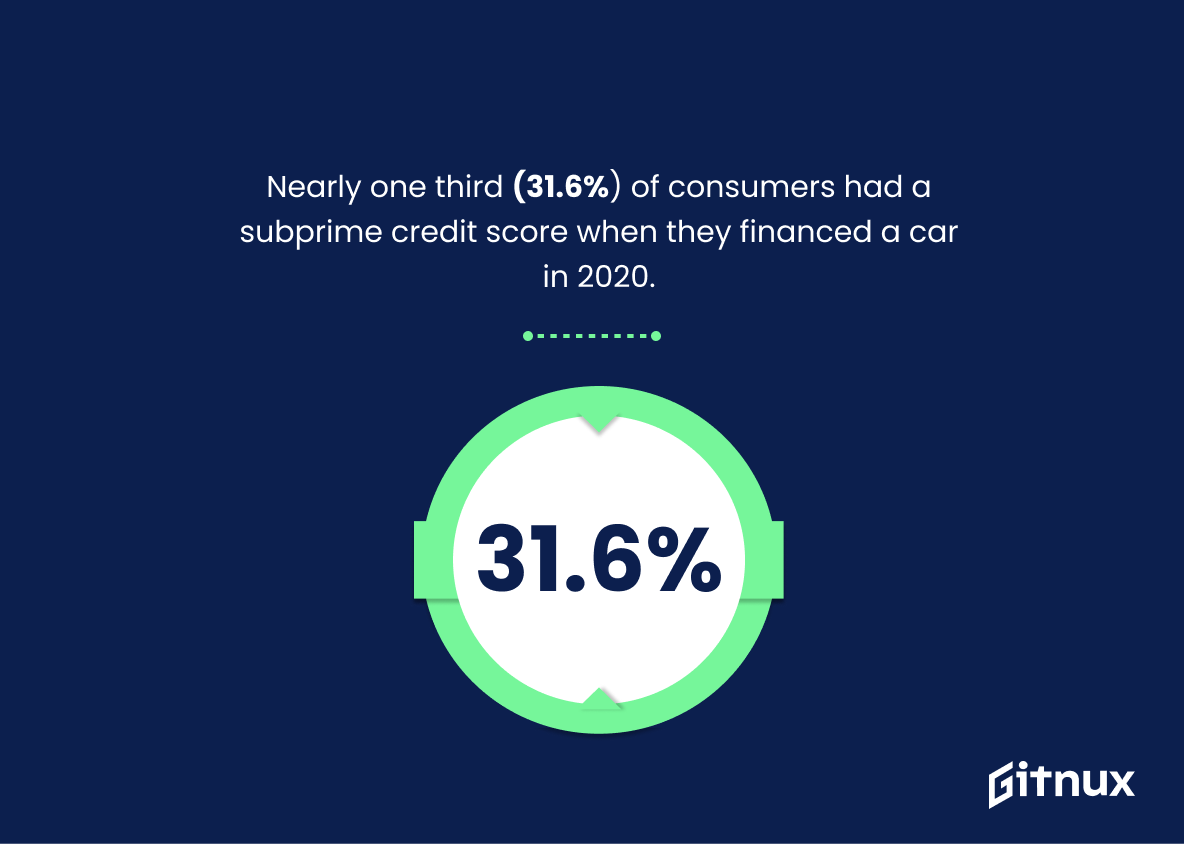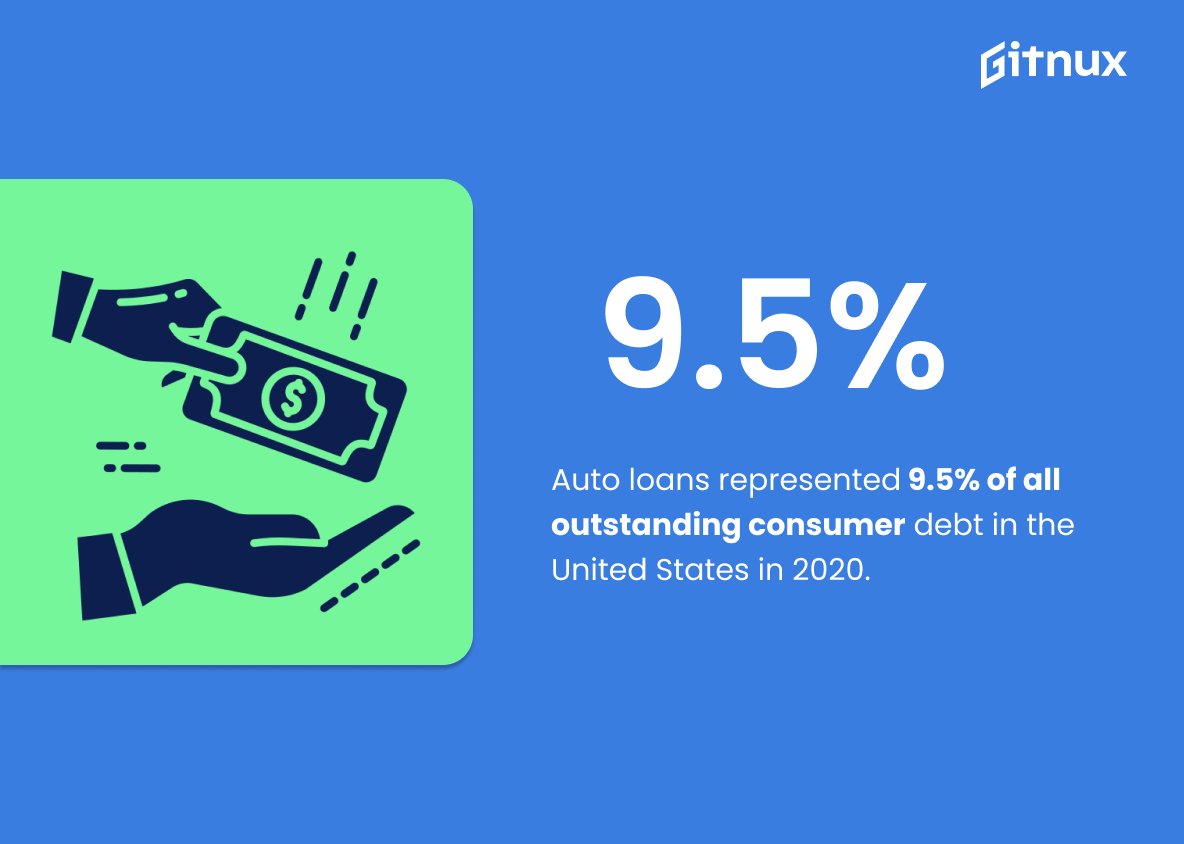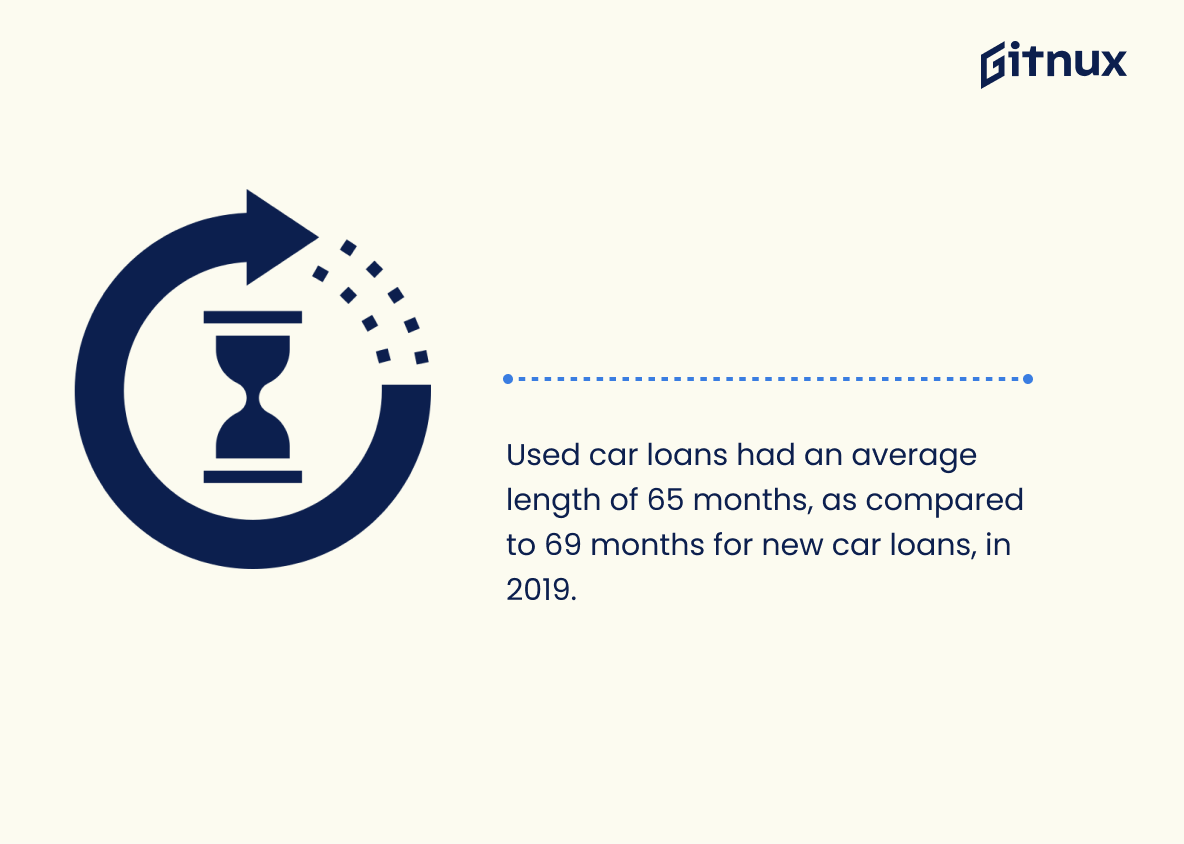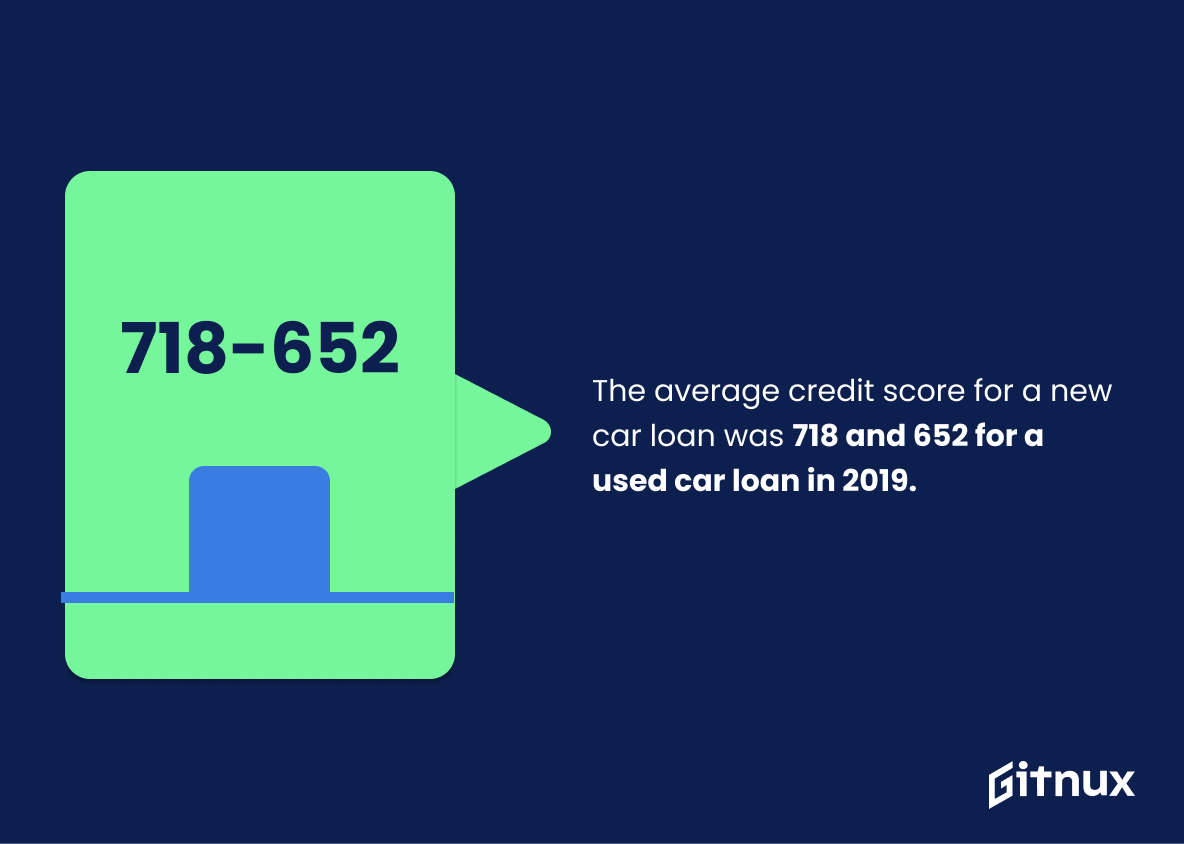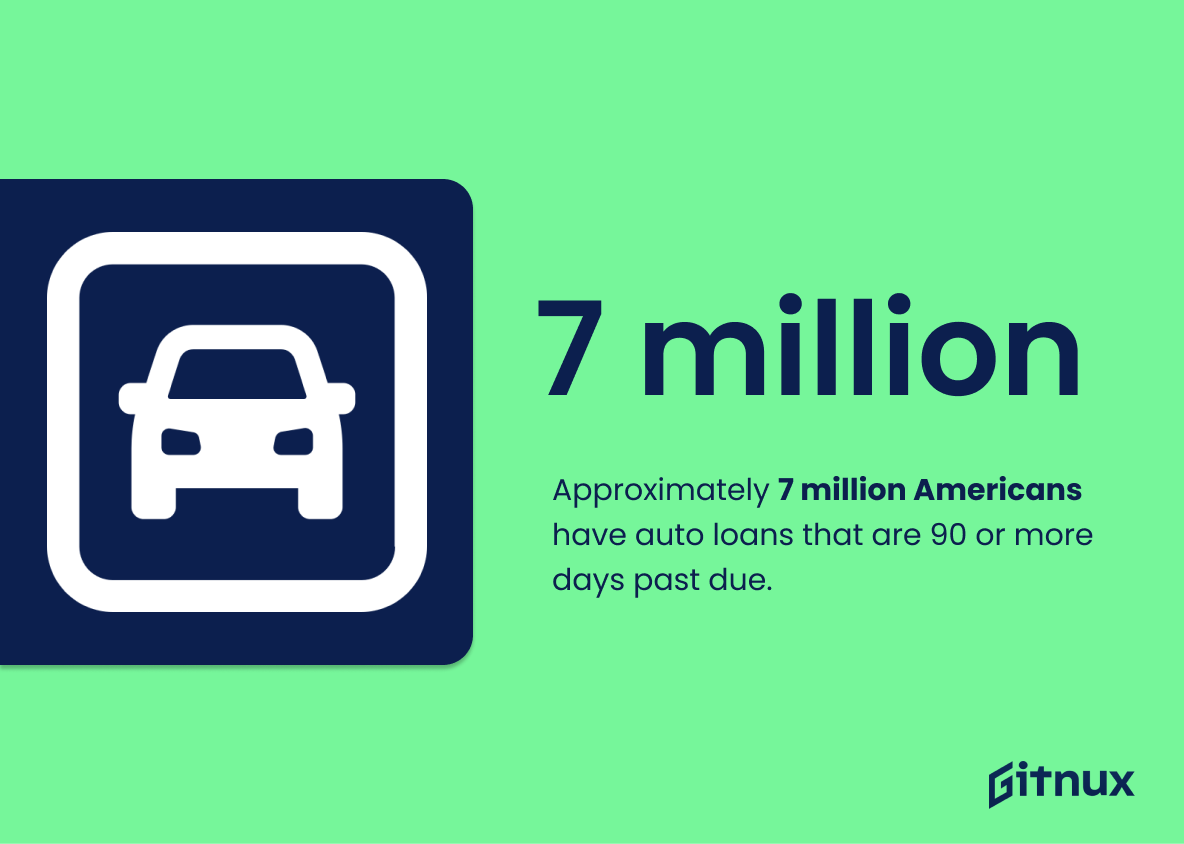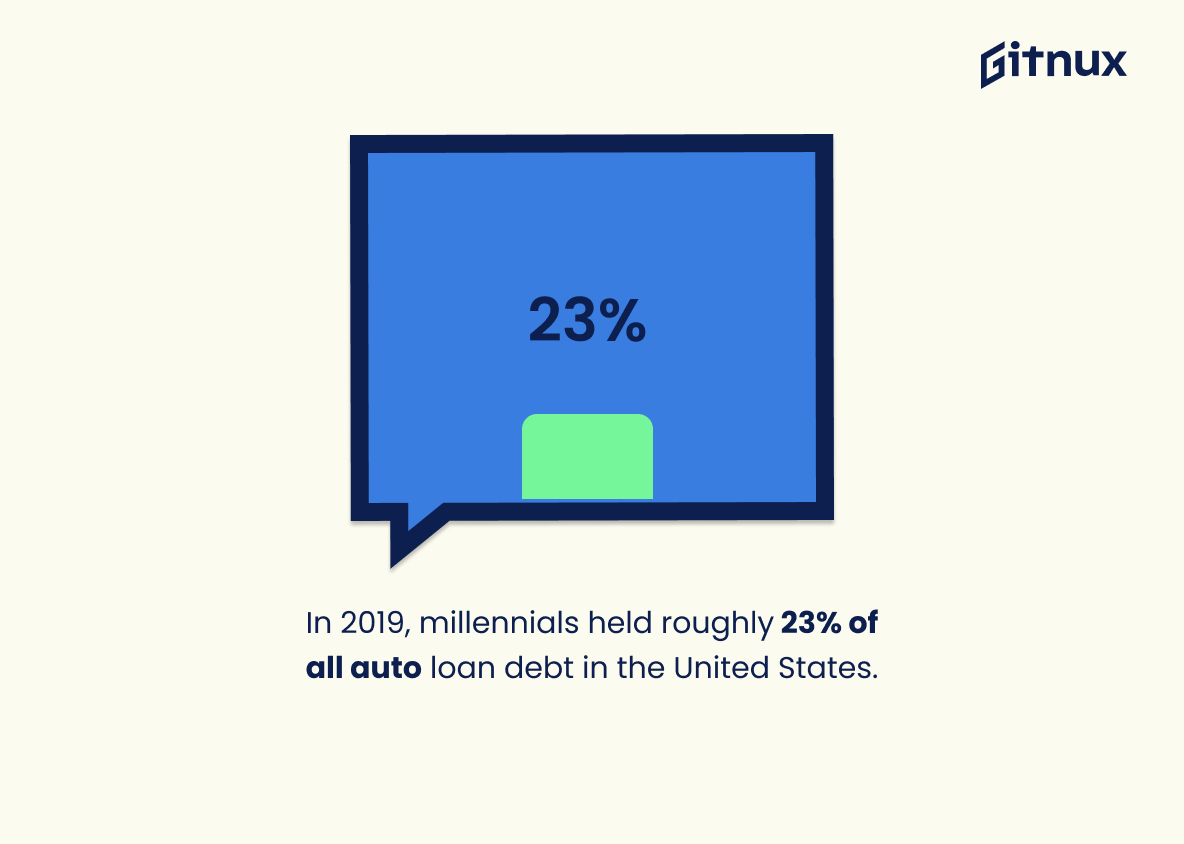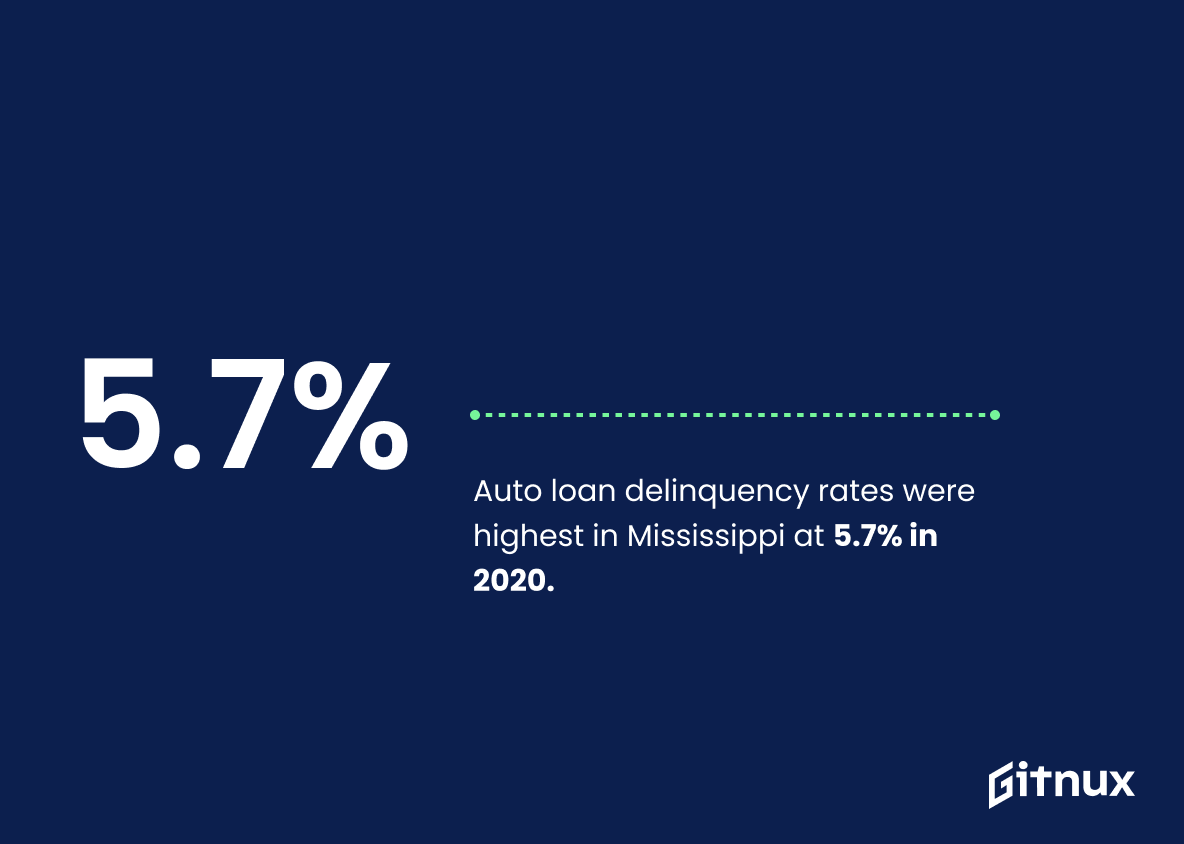Navigating the tantalizing avenues of car ownership often leads to one common crossroad – car loans. These financial aids have emerged as instrumental forces in steering people towards their dream vehicles. However, one must not plunge into it without understanding the dynamics that dictate its terms. Willingly or not, we all participate in the grand narrative of car loan statistics, which holds immense significance in comprehending the trends and patterns of automotive financing. In this blog post, we dive headfirst into a comprehensive exploration of car loan statistics. We will shed light on the latest figures, dive deep into the analytical interpretations, and unlock insights to help prospective car buyers make informed decisions. Whether you’re a first-time buyer or a seasoned expert, understanding these statistics could open a wealth of knowledge, ensuring the ride isn’t bumpy when it comes to financing your dream car.
The Latest Car Loan Statistics Unveiled
As of 2019, the total outstanding auto loan debt in the United States was about $1.32 trillion, with an average loan amount of $32,119 for new cars.
Highlighting the enormity of the total outstanding auto loan debt in the United States significantly underscores the prevalence and impact of car loans on the American economy. The staggering figure of $1.32 trillion provides a clear illustration of the role auto loans play in financial markets and individual budgets. Meanwhile, the average loan amount of $32,119 spells out the financial commitment a new car represents for many Americans. The inclusion of these statistics illustrates the pertinence and urgency of understanding car loan parameters, the potential burden they may inflict, and the importance of creating informed, strategic decisions in the context of car finance.
About 85% of new passenger vehicles in the U.S were bought on finance in 2020.
Shedding light on car loan culture in the U.S., the staggering statistic reveals that a mammoth 85% of new passenger vehicles in 2020 were acquired through financing. This vividly illustrates the nation’s reliance on loans to facilitate vehicle ownership, furnishing key insights for those examining auto loan trends or considering their own vehicle purchases. It serves as evidence emphasizing the immense role that financial institutions play in enabling consumer vehicle acquisition. Furthermore, it underscores the necessity for consumers to understand the intricacies of auto financing, underpinning the importance of informative car loan statistics in financially educative blog posts.
44.5% of consumers opted for 72-month car loan terms in the last quarter of 2019.
In the panorama of car loan statistics, the spotlight shines on a pivotal figure: the fact that 44.5% of consumers tipped their decision towards 72-month car loan terms in the last quarter of 2019. This figure involuntarily creates the heartbeat of the financial market, dictating flows of commerce and painting a detailed portrait of consumer behavior. Equally, it elucidates the crossroads between buyer preference for extended loan terms and the resultant economic repercussions. Consequently, this statistic is a silent protagonist, silently whispering the narrative of a significant shift in loan-term favorability while predicting a potential ripple effect on subsequent market trends.
The average monthly car payment in the U.S. was $563 for a new vehicle and $397 for a used one in 2019.
Tucking into the heart of these car loan statistics unveils a compelling narrative about the average American car owner. Picture this: in 2019, those sliding behind the wheel of a brand new car forked over an average of $563 every month. Meanwhile, the one opting for the pre-loved route paid around $397. This price difference pulsates through the veins of the auto industry, influencing decision-making processes at a dealer, individual, and bank level. Furthermore, it uncovers insights about consumer trends, credit policies, and economic health. Breathe in these numbers because they don’t just speak, they roar: about affordability, consumer habits, and the overall state of our wallets in the pursuit of that perfect ride.
Nearly one third (31.6%) of consumers had a subprime credit score when they financed a car in 2020.
Diving into the intriguing realm of car loan statistics, the revelation that a significant 31.6% of consumers possessed subprime credit scores while financing a car in 2020 paves a path of insightful investigation for our blog. This pivotal percentage prompts exploration into the dynamics of credit risk, interest rates, and loan approval processes in the automobile financing sector. It offers a unique lens to perceive the credit health and financial habits of consumers while extending a broad platform to comprehend market trends and policy implications. Stepping beyond just numbers, this statistic invites us to delve deeper into the compelling narratives of consumer resilience, financial institutions’ risk-assessment strategies, and the continuous interplay between credit scores and car loans.
Auto loans represented 9.5% of all outstanding consumer debt in the United States in 2020.
Weaving this statistic into the narrative throws a spotlight on the considerable weight that auto loans carry within the vast landscape of consumer debt in the United States. The 9.5% share in 2020 underscores the critical role that auto loans play in shaping the financial habits and obligations of consumers. Furthermore, it offers useful insights into the extent of consumer dependency on borrowed money for vehicle purchases, thereby providing a key talking point for discussions about evolving car loan trends.
About 2.36% of all auto loans were in serious delinquency (90+ days) in the fourth quarter of 2020.
Diving into the heart of car loan statistics, the figure that about 2.36% of auto loans landing in serious delinquency (90+ days) in the last quarter of 2020 uncovers a dynamic facet of auto finance. This nugget of knowledge plants an insightful seed into the landscape of auto lending, illuminating the fact that not all loans make it to fruition without a struggle. It suggests that these auto loans show signs of borrowers’ financial stress, potentially reflecting broader economical circumstances during that quarter of the year. By integrating this data, we can foster a deeper understanding of borrowers’ behavior, lenders’ risks, and the overall health of the auto lending market.
Used car loans had an average length of 65 months, as compared to 69 months for new car loans, in 2019.
Delving into the 2019 car loan statistics reveals a fascinating trend: it takes moderately longer to pay off a new car loan (an average of 69 months) compared to a used car loan (an average of 65 months). This extended duration for new car loans could hint towards an array of economic and consumer-based factors.
One might infer that buyers of new cars may have more fluid financial situations, allowing them to comfortably opt for a loan with longer terms. Alternatively, it might reflect financial institutions’ faith in the staying power of new cars, giving lenders the confidence to extend longer terms for loans on new vehicles.
This trend presents a potential area of interest for readers looking to finance auto purchases, as it sheds light on the typical loan duration one might expect depending on car selection (new vs. used). Furthermore, it could be instrumental to parties studying car loan behaviors, contributing to broader discussions on loan duration trends and their financial impact.
The average credit score for a new car loan was 718 and 652 for a used car loan in 2019.
Displaying a stark contrast, the credit scores required for a new and used car loan in 2019 resembled an interesting dance of numbers. The average 718 credit score linked with the new car loan fell into the realm of good credit, painting a picture of financially responsible individuals who could enjoy the luxury of brand-new vehicles. On the flip side, the 652 average score associated with used car loans, considered fair credit, hinted at the challenging financial circumstances some may face when attempting to secure automotive financing. This divergence paints a vivid economic illustration, reflective of consumer credit behavior and underwriting standards in the auto loan industry, a critical point of focus for our deep-dive into Car Loan Statistics.
On average, people borrow $22,568 for used vehicles and $32,480 for new ones as of 2020.
Delving into the realm of car loan statistics, it’s intriguing to note that in 2020, the average borrowed amount teetered at $22,568 for used vehicles and climaxed at $32,480 for new ones. This nugget of information paints a vivid picture of consumer behavior and purchasing power. It sheds eloquent light on the financial commitment individuals are willing to undertake when acquiring a vehicle. It’s not simply a standalone fact, but rather a speaking testament to the allure of ownership, the weight of economic factors, and the role of lending industries. It serves as a key piece in the jigsaw puzzle of understanding car loan trends and tendencies, enriching our perspective and aiding those contemplating a plunge into the vehicle market or those navigating the topsy-turvy terrain of financial planning.
Approximately 7 million Americans have auto loans that are 90 or more days past due.
Drawing our attention towards the significantly high figure – approximately 7 million Americans having auto loans that are 90 or more days past due – it portrays a critical landscape of the American auto loan sector. A significant sectional view of the debt condition in the country is brought to light. This highlighted figure weaves a cautionary tale and serves as a yardstick to gauge the financial pressure upon the loan takers. Indeed, it spotlights the distressing proportion of citizens potentially on the brink of financial crisis, inducing a ripple effect in the economy. Therefore, in a blog post about Car Loan Statistics, the character and the impact of this magnitude encode implications far beyond just numbers, encompassing the collective financial health of the population and the potential impact on the economy overall.
In 2019, millennials held roughly 23% of all auto loan debt in the United States.
Unraveling the threads of such a statistic reveals a profound and thought-provoking narrative about the economic behaviors of millennials within the car loan landscape. The insight, that millennials shouldered almost a quarter of all auto loan debt in 2019, casts a spotlight on the pivotal role this generation plays in driving the U.S auto loan market. It forms a cornerstone of our understanding of not only the distribution of debt across different social strata, but also the borrowing tendencies among millennials. Furthermore, it underscores the importance of adapting loan services and financial products that are suited to this generation’s economic capabilities and expectations, ultimately shaping the future of the auto loan industry.
Auto loan delinquency rates were highest in Mississippi at 5.7% in 2020.
In the vibrant panorama of Car Loan Statistics, the narrative spotlight robustly shines on the proclamation that Mississippi recorded an auto loan delinquency rate of 5.7% in 2020. This poignant snippet of data serves as a gauge indicating the financial ill health of the borrowers in this region. It alerts lending institutes to the potential risks and enables them to calibrate their lending policies. Furthermore, it underscores the economic challenges within Mississippi, painting a picture of the hardships faced by the vehicle owners in staying current with their loans. Overshadowing the grim circumstance is the opportunity for stakeholders to devise innovative solutions, like flexible repayment plans or financial literacy programs, driving a sustainable roadmap towards lower delinquency rates.
In 2019, the total auto loan balance for all age groups increased by 4.4%.
Stretching the odometer of our understanding, the rise of the total auto loan balance in 2019 by 4.4% for all age groups paints the picture of an expanding highway in the car loan field. It showcases the increasing reliance of consumers, irrespective of age, on borrowed money to purchase cars. This surge helps in assessing the economic environment, credit performance or consumer behavior, further illuminating potential opportunities and risks within the vehicle marketplace. In the rearview mirror of a blog post about Car Loan Statistics, this invaluable metric would form a pivotal turn, steering readers towards comprehending the amplitude of auto financing and its evolution over time.
Conclusion
Navigating the world of car loans can indeed feel daunting, but knowing the statistics and trends can make it much easier. It’s important to reassess one’s financial situation, the current trends in interest rates, lengths of car loans, and average loan amounts before making any decisions. Ultimately, whether you’re a first-time buyer or looking to upgrade your vehicle, understanding these car loan statistics is critical to making informed and wise choices. Make sure you take full advantage of this knowledge for a smoother ride in your car loan journey.
References
0. – https://www.www.statista.com
1. – https://www.www.fool.com
2. – https://www.www.caranddriver.com
3. – https://www.www.newyorkfed.org
4. – https://www.www.npr.org
5. – https://www.www.prnewswire.com
6. – https://www.www.federalreserve.gov
7. – https://www.www.cnbc.com
8. – https://www.www.experian.com
